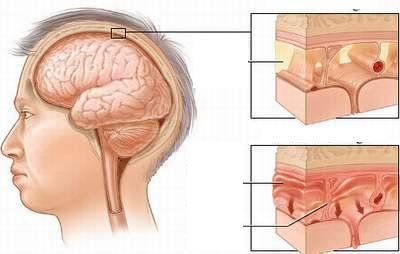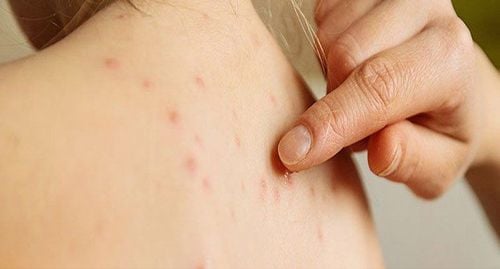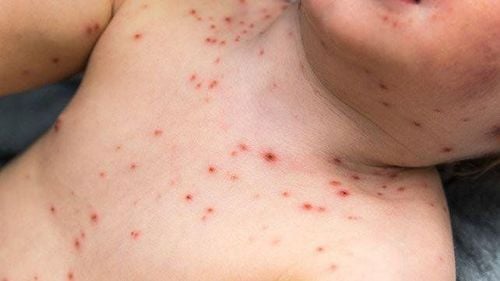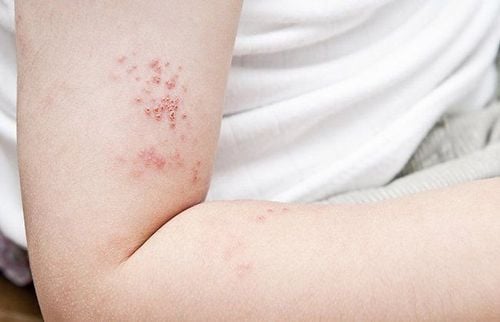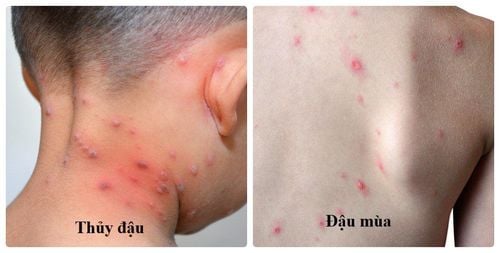Facial shingles can cause a range of complications, depending on the location of the rash on the patient’s face.
1. Shingles and facial shingles
Shingles (zoster) is a common infection caused by the herpes virus. This virus is also responsible for chickenpox. Shingles only occur in individuals who have previously had chickenpox. After recovering from chickenpox, the virus remains dormant in your body for life. It normally stays inactive, but when it reactivates, it can lead to shingles.
Shingles typically appear as a rash on one side of the chest, back, face, or around the eyes. When it affects the face, it can be particularly painful and may result in long-lasting complications. In reality, there is no definitive cure for shingles; early treatment can help reduce the risk of serious complications and alleviate symptoms.
Shingles cause a red rash that forms a band on one side of the body or face.The rash can appear anywhere on the body, it is most common on the face. This condition may spread from the ear to the nose and forehead. It can also affect the area around one eye, leading to redness and swelling in the eye and surrounding areas. In some cases, the rash may even develop inside the mouth.
The first symptom many people notice is tingling or burning sensations before the appearance of the first red bumps. The rash begins as fluid-filled blisters or lesions. Some individuals develop a few scattered blisters, while others experience extensive clusters similar to burns. Eventually, the blisters burst, ooze, and form scabs. After several days, the scabs begin to fall off.
Other symptoms of shingles include itching, pain, fatigue, headaches, and fever.
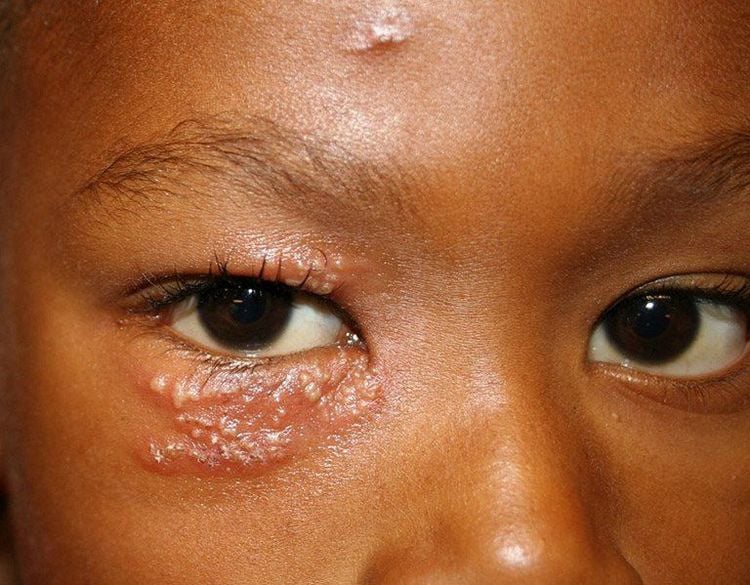
2. Complications of facial shingles
Facial shingles can cause various complications, depending on location of the rash on the face.
Shingles around the eyes
Shingles near the eye is a serious condition. The virus can affect both the outer and inner parts of the eye, including the cornea and the nerves that respond to light. Symptoms include redness, swelling, blisters, infection, and vision problems. Shingles in or around the eye can result in permanent vision loss.
Shingles in the Ear
Shingles near or inside the ear can cause infections, leading to hearing problems, balance issues, and facial muscle weakness... Occasionally, these symptoms persist long after the rash has healed and may even become permanent.
Shingles in the Mouth
If the shingles rash develops inside the mouth, it can be extremely painful and make eating and drinking difficult. It can also alter the patient’s sense of taste. One of the most common complications of shingles is postherpetic neuralgia, which causes pain in the area where the rash appeared, even after it has healed. This pain can last for weeks, months, or even years. If a bacterial infection occurs on the rash, it can leave permanent scars. In rare cases, shingles can affect the brain, spinal cord, and blood vessels.

3. How is Shingles Diagnosed and Treated?
If you suspect you have facial shingles, it is important to see a doctor for timely diagnosis and treatment. The doctor will typically diagnose shingles by visually examining the rash. They may also scrape a sample of the rash from your skin and send it to a laboratory for microscopic examination.
This result is particularly important for doctors to determine the appropriate treatment, especially if you have a weakened immune system. Early treatment helps prevent serious complications.
One of the treatments for shingles is the use of antiviral medications, anti-inflammatory corticosteroids, especially when shingles affect the face or eyes, as well as over-the-counter or prescription pain relievers.
Additionally, patients should keep their skin clean and cool to reduce the risk of infection. Most people experience shingles only once, but it can recur, particularly if you have a weakened immune system. If there are no major complications, the symptoms typically resolve within a few weeks, with some lasting effects.
To prevent the spread of shingles, patients should avoid contact with individuals who have not had chickenpox or received the chickenpox vaccine. It is important to prevent the blisters from bursting, because they are highly contagious. Avoid touching, rubbing, or scratching the blisters, and wash hands thoroughly and frequently.
Avoid contact with individuals who have never had chickenpox or received the chickenpox vaccine, especially: pregnant women, newborns, individuals with HIV, those on immunosuppressive medications or chemotherapy, and organ transplant recipients.

4. Prevention
To prevent facial shingles, children should receive regular chickenpox vaccinations, which significantly reduce the likelihood of contracting the chickenpox virus.
To arrange an appointment, please call HOTLINE or make your reservation directly HERE. You may also download the MyVinmec app to schedule appointments faster and manage your reservations more conveniently.
Reference source: Healthline.com; Mayoclinic.org




